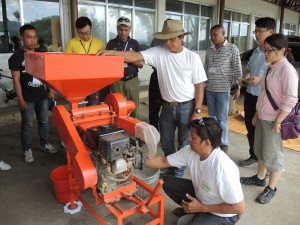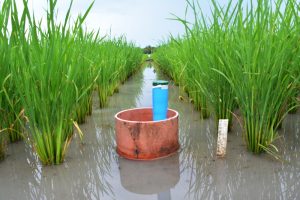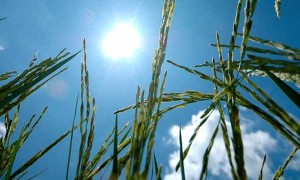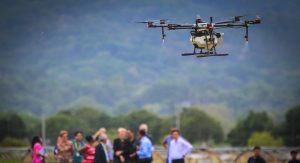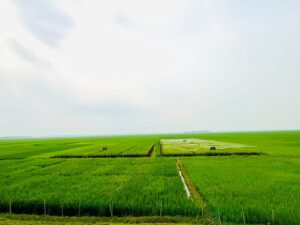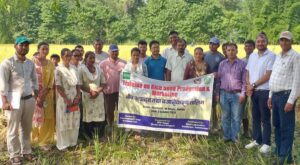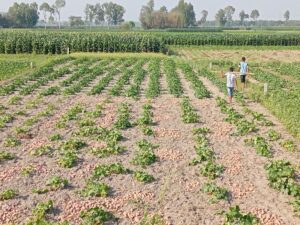There are needs and opportunities for catalytic capital to support and scale new climate-smart financial models for agriculture, according to a report by EDF and Climate and Forest Capital.
Catalytic capital is an investment capital where the investors accept reduced financial returns to bring about greater social or environmental impacts.
The report, Catalytic Capital and Agriculture: Opportunities to Invest in Healthy Soils, Resilient Farms and a Stable Climate, the promisisng investment opportunities for effective catalytic capital deployment are:
- Financing the transition from conventional agricultural practices to climate-smart practices
- Markets that place a value on the environmental improvements that farmers can deliver
- Support for local infrastructure to support, purchase, and value climate-smart production
Read the full report at EDF.org
More on climate-smart agriculture:
Targeting women and the youth in disseminating climate-smart agriculture in Vietnam
The study on the adoption of Climate-Smart Agriculture (CSA) technologies by men and women in Vietnam is necessary to understand how the different social expectations, roles, status, and economic power of men and women are affected differently by climate change. It will improve actions taken to reduce vulnerability and combat climate change in the country.
Bangladesh network wins award for the dissemination of low-carbon rice production options
The Climate and Clean Air Coalition (CCAC) conferred the Innovation in Behavioural Change award to the Northwest Focal Area Network (FAN) for its effort in reducing methane emissions in rice production. FAN—a network comprising hundreds of farmers, well owners, researchers, and extension agents that focuses on rice-based systems—was recognized for disseminating climate-smart technologies like alternate wetting and drying (AWD) to rice farmers across 8 districts and 17 locations in Rangpur, northern Bangladesh. Over 5,000 farmers have already been reached by the network and a significant number has been testing and practicing the AWD technology, along with other mitigation measures.
From dust bowl to rice bowl
Farmers in rainfed drought-prone areas are increasingly vulnerable to agricultural risks from a changing climate. According to environmental experts, climate change threatens to turn vast areas of productive land in Africa into dust bowls, leading to widespread hunger and migration of rural populations on a much bigger scale than the Dust Bowl that devastated North America in the 1930s. Conservation agriculture has a vital role to play in sub-Saharan Africa’s food security for a population projected to rise to 2 billion by 2050.

